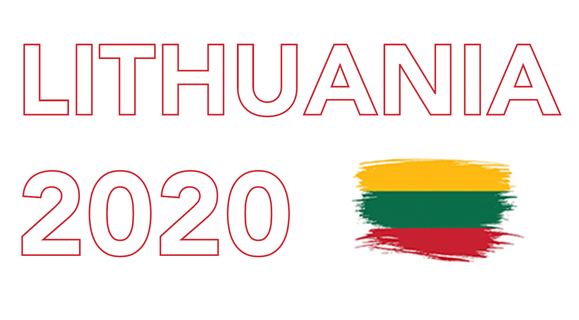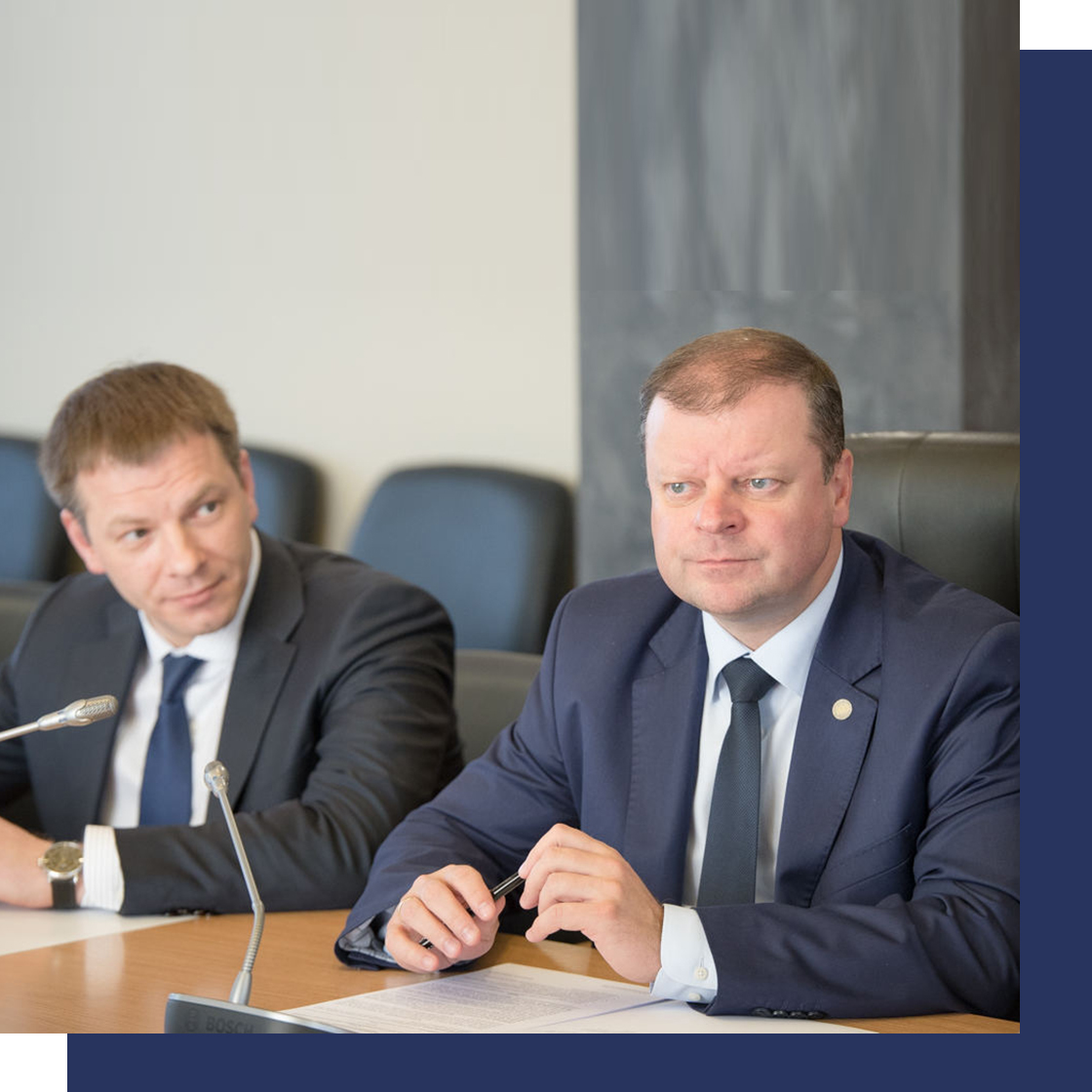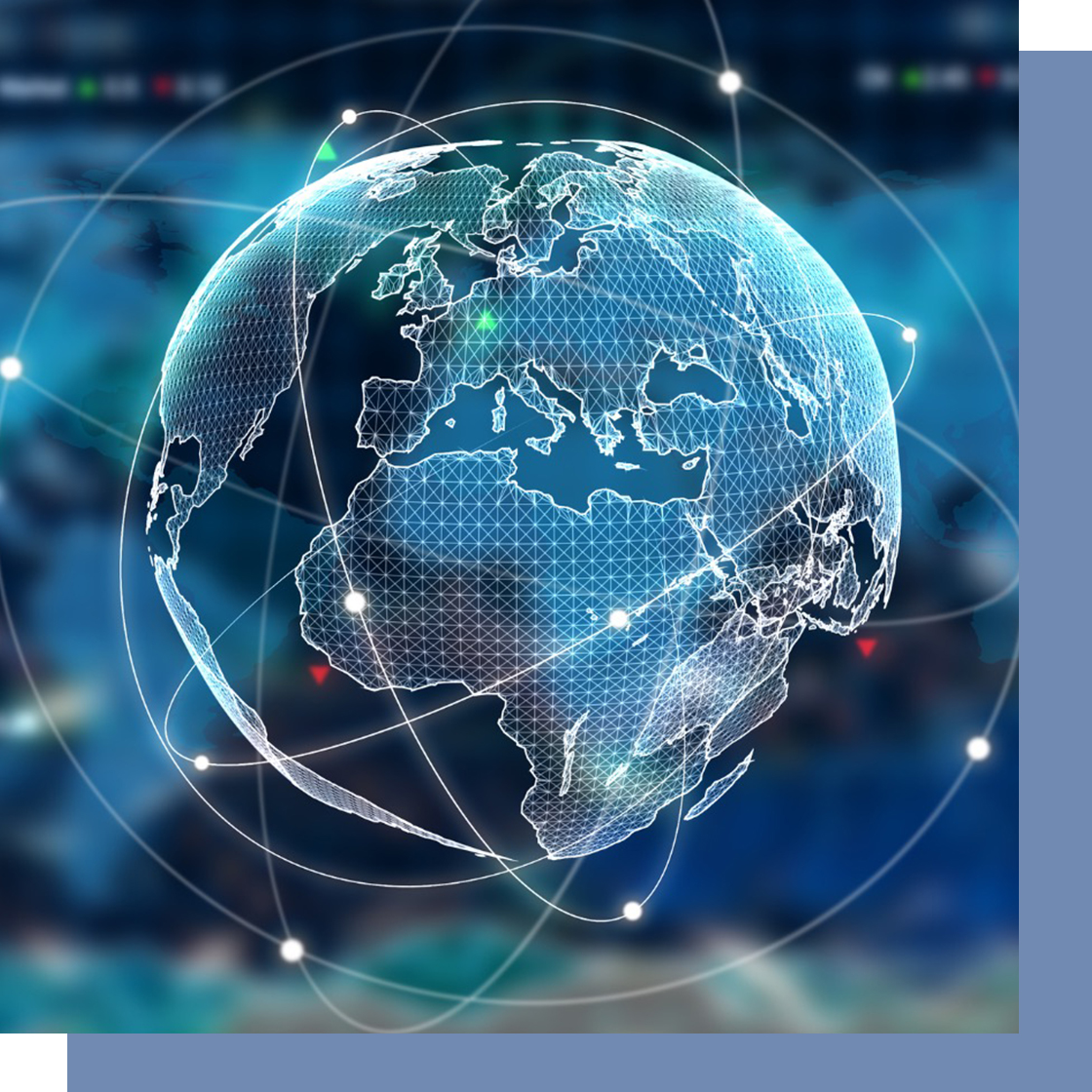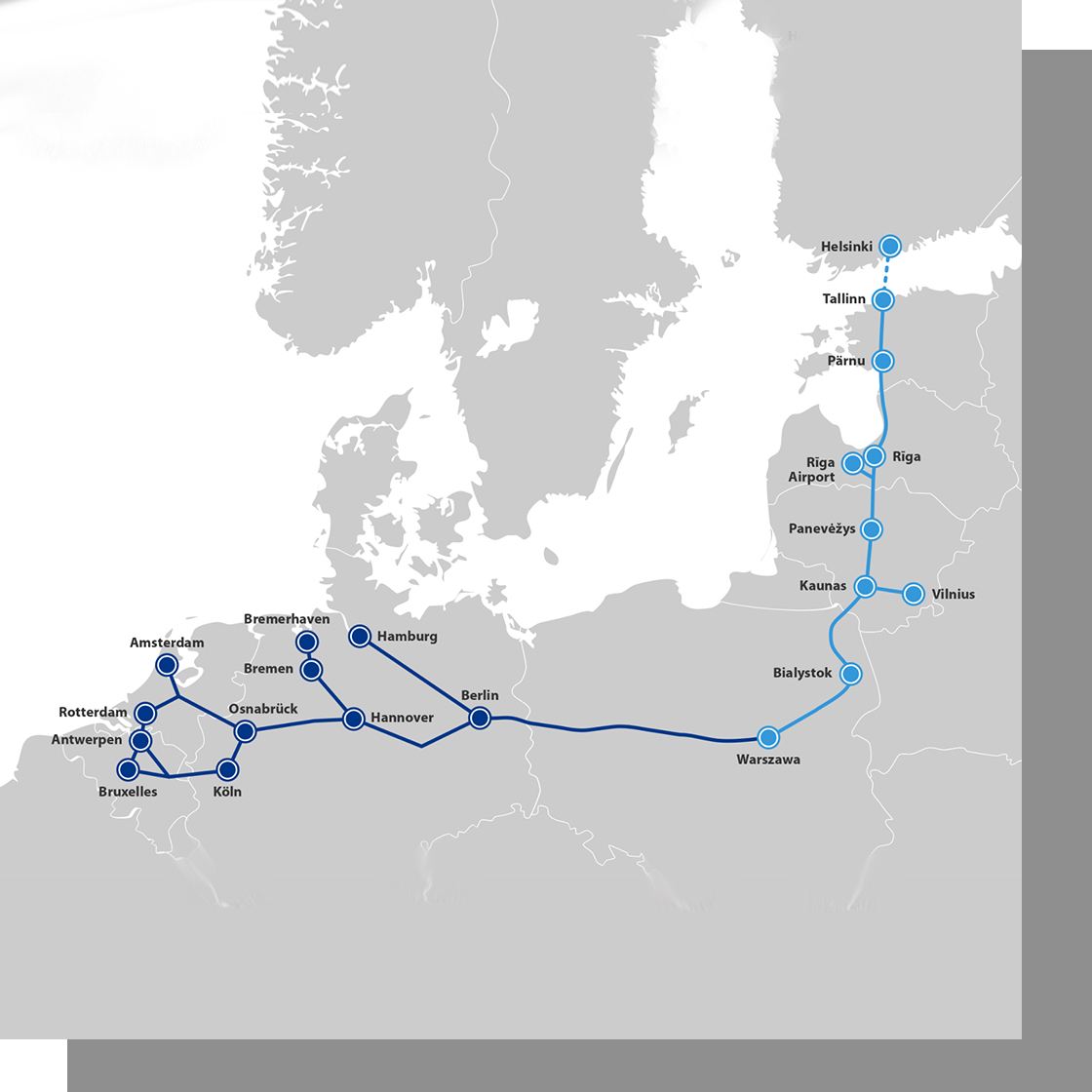
The plan also aims to enhance Lithuania’s economic potential by substantially investing in all aspects of an infrastructure network that has made the republic a hub for transportation and logistics. This includes three international airports from which no European capital is over three hours away; the region’s best roads; direct rail cargo services to Germany, Russia and China; and the largest port in the Baltics at Klaipėda. As part of the plan, €164 million will be invested in Klaipėda, which is being expanded by forming new dry land territory, with the creation of an outer deepwater port being a strategic objective.


A leading global hub for Fintech
Fintech is one of Lithuania’s innovative specialisms and its sophisticated fintech ecosystem is Europe’s second largest. Over 210 companies work in the sector, drawn by advantages such as the EU’s fastest license issuing, direct access to the Single Euro Payments Area, regulatory sandboxes and seamless support across institutions that “sets us apart from the rest of the world,” said Šapoka. Other specialisms include cybersecurity, with Lithuania ranking fourth on the National Cybersecurity Index, and online gaming, a sector that grew 44.5 percent in 2019 to €40.5 million. Its renowned skills in advanced manufacturing are also attuned to the future, as illustrated by startup In Balance Grid, which has just raised €950,000 to fund its electric vehicle charging solutions. Another prominent area is life sciences—one focus of the plan to change the economy’s DNA. As well as boosting the country’s innovation ecosystem overall, funding will be available specifically for products, services and research related to COVID-19.
A well established digital economy
Lithuania is already advanced in terms of digital services, which make up 7.6 percent of GDP, innovation and research, and is the most attractive place in the world for tech startups to be based, according to the Financial Times. Some of the reasons for this include the third-best internet network in Europe, a young and talented workforce that speaks English, and significant incentives, such as grants for research and development and low taxes.


Rail Baltica a boon for regional integration
Some existing projects are being accelerated, including the Baltic’s biggest infrastructure project for 100 years: Rail Baltica, a €5.8 billion, 870 kilometer, high-speed, electric and intermodal passenger and freight rail system connecting Lithuania with Latvia, Estonia, Poland and, indirectly, Finland. Planned for completion in 2026, in April Minister of Transport and Communications Jaroslav Narkevič confirmed that the Lithuanian section was on schedule despite COVID-19 and that the country had “recently launched a market consultation for a €470-million Rail Baltica railway construction procurement.”
Energy efficiency and climate change continue in focus
The government’s economic stimulation plan’s final pillar will see it delivering a sustainable model for climate change and energy through increasing the use and generation of renewables, energy efficiency and competitiveness in the energy sector. Already one of the world leaders in wind and solar generation as a total share of electricity, Lithuania aims to have doubled its renewable energy output by 2025. Skvernelis is also encouraging the planned synchronization of the Baltic countries’ power grids and the restriction of “dirty” electricity imports. As a result, he believes, increased U.S. exports of liquefied natural gas to Lithuania and the region would benefit all parties. Many other sectors offer opportunities for greater collaboration as well, he told U.S. Ambassador to Lithuania Robert Gilchrist in February, “I think that we could focus not only on our conventional fields, such as security and defence, but also in the fields of energy, business, innovation, transport and others. We are allies and strategic partners.”


